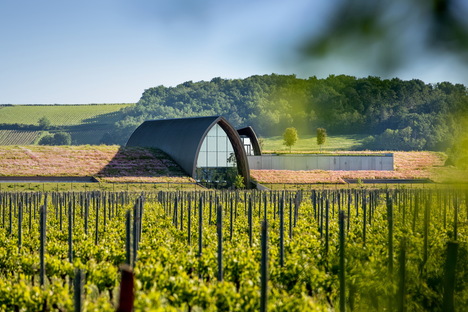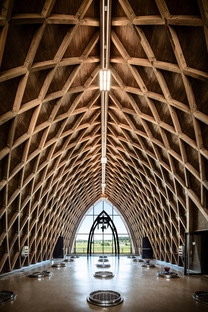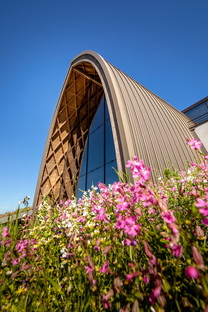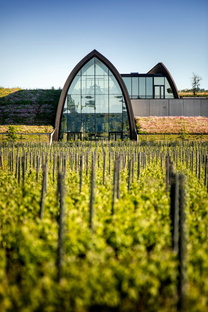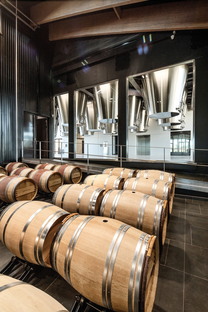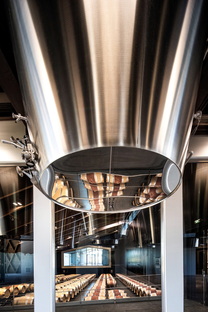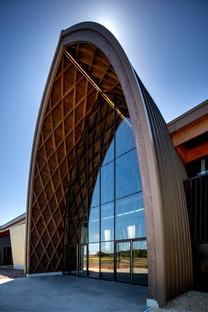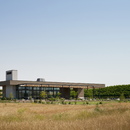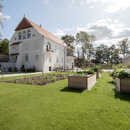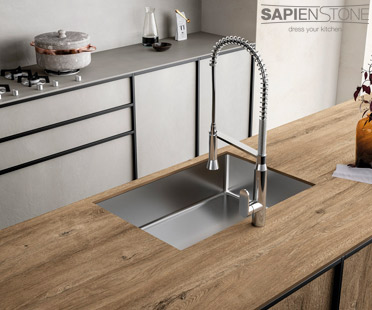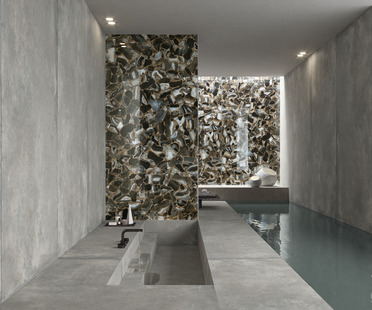- Blog
- Sustainable Architecture
- Eric Castagnotto’s winery combining heritage with innovation
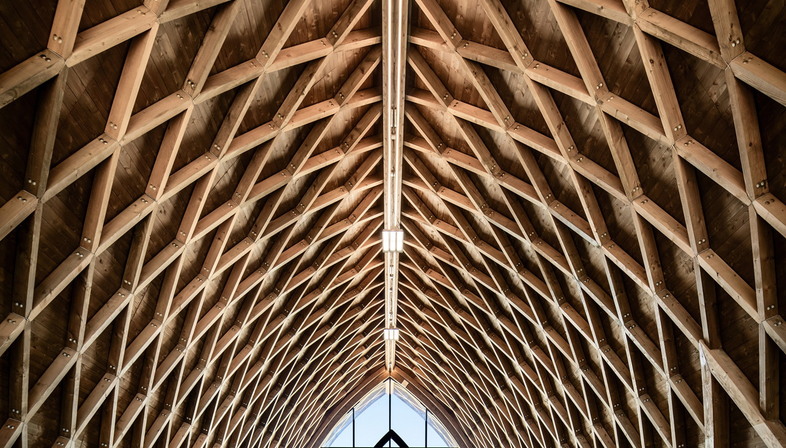 Industrial architecture is increasingly focusing on sustainability, thanks in part to legislation imposing certain criteria on new constructions. If these regulations are combined with the client’s desire to build a construction with bold visual impact but a low environmental impact, the result may be an emblematic project such as the expansion of the historic winery Carillon d'Angélus and N°3 d'Angélus in Saint-Magne de Castillon, in the French department of Gironde.
Industrial architecture is increasingly focusing on sustainability, thanks in part to legislation imposing certain criteria on new constructions. If these regulations are combined with the client’s desire to build a construction with bold visual impact but a low environmental impact, the result may be an emblematic project such as the expansion of the historic winery Carillon d'Angélus and N°3 d'Angélus in Saint-Magne de Castillon, in the French department of Gironde. The project by French architect Eric Castagnotto for winemaker Château Angélus is inspired by an approach characterised by all-round sustainable development, with the intention of establishing a balance between tradition and innovation, the great theme of wine-making today. The old Carillon d’Angélus winery, located on the original estate, had become too small to house today’s more efficient and innovative wine-making equipment.
But the winery’s location in a UNESCO World Heritage Site at Saint-Émilion in the southwest of France limited the possibilities for expansion and imposed major restrictions on building; hence the decision to build a brand new winery. There was no appropriate site in the immediate vicinity of the old winery, and so a 3.30 hectare lot was purchased in the municipality of Saint-Magne-de-Castillon.
The client wished to limit the new winery’s impact on the landscape, and so the new 4400 m2 building was built half underground, with a green roof covered with photovoltaic panels generating a part of the electricity required to operate the new facility. The volume, with its entrance reflecting the look and the materials of traditional wooden barrels, contains an area for receiving and selecting grapes, a room full of fermentation vats, a cellar for malolactic fermentation and an ageing cellar, as well as bottling and labelling equipment.
Carillon d'Angélus, like the whole estate, is HVE3 certified: the top level of "High Environmental Value" certification, attesting to use of the best practices at Angélus in terms of biodiversity, plant health strategies and fertilisation, preferring alternatives to the use of chemical products, such as working the soil or mowing rather than applying herbicides. The estate’s commitment to the environment is also expressed in architectural terms, as the design choices adopted, many of which are based on passive solutions, earned the building BREEAM (Building Research Establishment Environmental Assessment Method) certification, the British equivalent to the French HQE (Haute Qualité Environnementale). BREEAM assessment permits calculation of a building’s environmental performance, providing applicants with a guarantee of environmental compliance from the design phase to completion of the building’s entire life cycle.
In this way, Eric Castagnotto’s plan for the new winery offers tangible proof of his clients’ overall sustainable approach, from the vineyard to the winery building, ideally representing their values. Including human aspects, because people work better in a place that is beautiful, healthy and hospitable!
Christiane Bürklein
Project: Eric Castagnotto
Location: Saint-Magne de Castillon, France
Year: 2020
Images: Deepix










